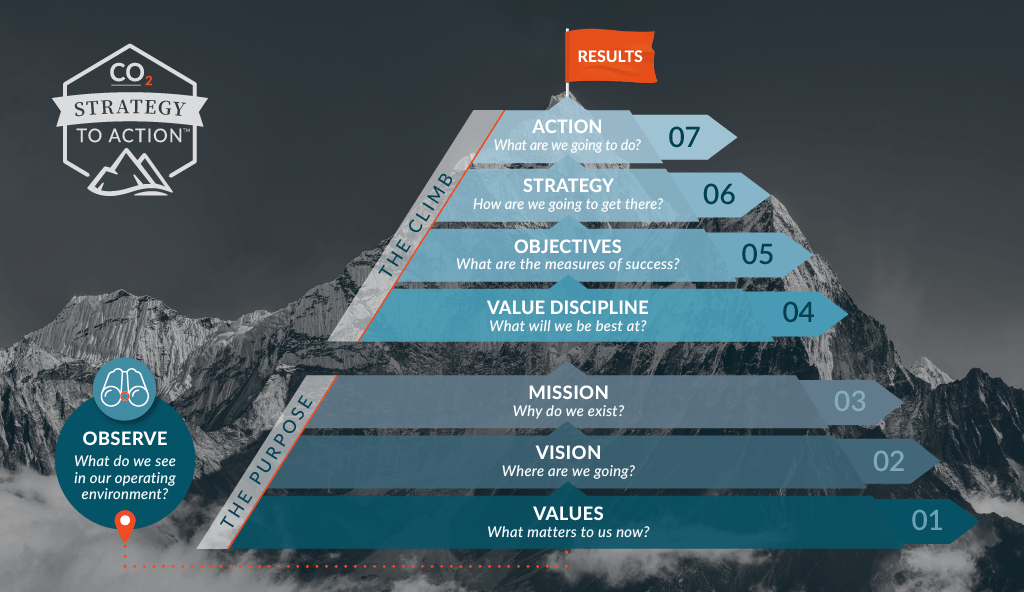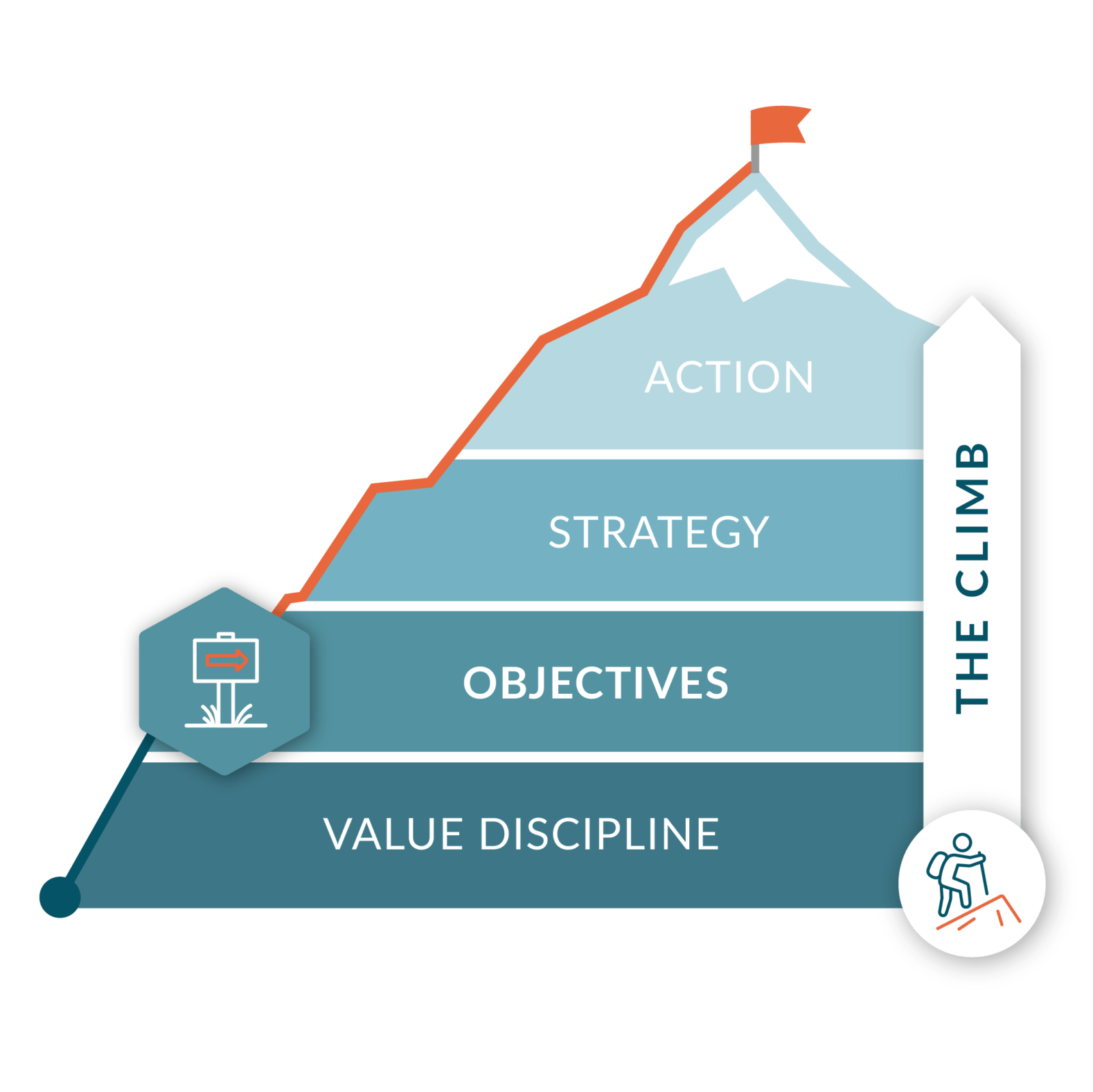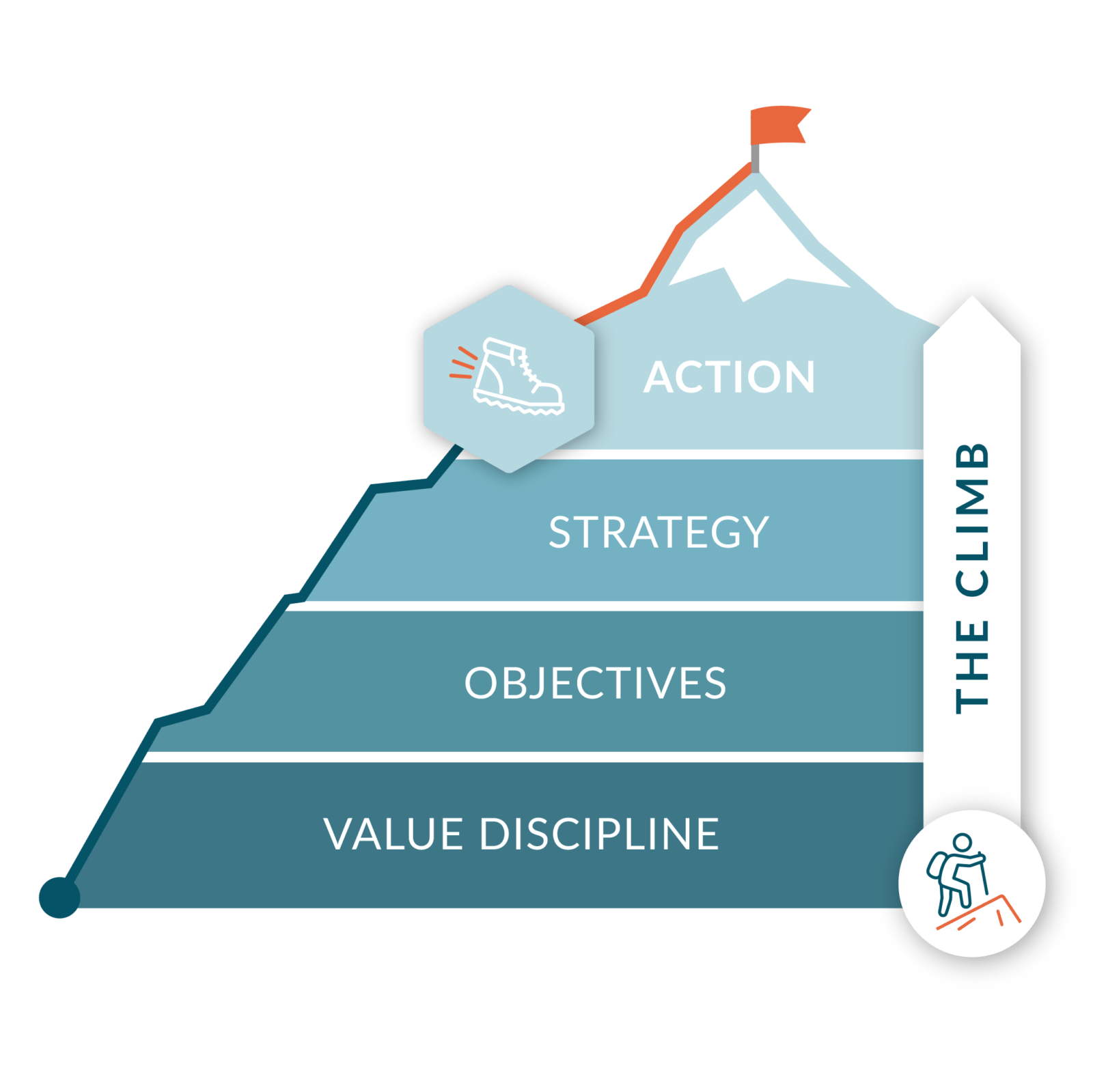STRATEGIC PLANNING TO ESTABLISH NEW ROUTES TO THE TOP

UNLOCK YOUR POTENTIAL
CO2 works with leadership teams to see around corners and move ahead toward a common vision. Our strategic planning facilitators provide fresh insights and catalytic questions within a thorough and disciplined process. Clients benefit from an approach that has been proven to help firms reach their goals — year-after-year. We work to help you delight your customers and frustrate competitors. To talk with our Strategic Planning Practice Lead, John Sandahl, send a message here. John has worked with dozens of leadership teams to reach their next peak.
Navigate your most challenging climbs
At CO2 Coaching, we work with businesses leaders and organizations to transform themselves, their teams, and their business—and support them every step of the way.
We’re with you every step of the climb
EVERY PLAN NEEDS A STRATEGY
Reach out to discuss your current approach to strategic planning. We’re happy to share what works.
CLIMB WITH PURPOSE.
OVERCOME OBSTACLES
Lack of Direction and Purpose
A scattered approach to growth due to pursuing short-term opportunities without alignment to core values or long-term vision.
Anticipated Outcomes With Intervention:
Clarifies organizational purpose and vision, ensuring all efforts are aligned and contribute to long-term goals.
Resource Misallocation
Investing resources in projects that offer immediate gratification rather than those contributing to sustainable development.
Anticipated Outcomes With Intervention:
Ensures efficient allocation of resources towards initiatives that align with strategic priorities and sustainable growth.
Burnout and Culture Strain
Intense pressure on individuals leading to burnout and a culture that neglects collaborative and supportive environments.
Anticipated Outcomes With Intervention:
Fosters a supportive culture that values collaboration and well-being, enhancing team cohesion and morale.
Difficulty Adapting to Change
A focus on exploiting existing opportunities without strategic foresight to anticipate and adapt to market shifts or technological advancements.
Anticipated Outcomes with Interventions:
Enhances organizational agility and resilience, enabling effective adaptation to changes and fostering innovation.
Neglecting Ethical Considerations
Overlooking the ethical implications of decisions, leading to unsustainable or socially irresponsible practices.
Anticipated Outcomes with Interventions:
Integrates ethical considerations into decision-making processes, promoting sustainable and socially responsible growth.
Strategic Misalignment
Actions and decisions at various levels of the organization may not be aligned, leading to conflicting priorities and efforts that pull the organization in different directions.
Anticipated Outcomes from Team Coaching:
Aligns the entire organization towards common goals and priorities, ensuring that all departments and teams work cohesively towards the same objectives.
Ineffective Communication
Without a clear strategy, communicating the organization’s vision, goals, and priorities to stakeholders, both internal and external, can be challenging, leading to confusion and misinterpretation.
Anticipated Outcomes with Interventions:
Enhances clarity and consistency in messaging, ensuring that all stakeholders understand the organization’s direction and how they contribute to its success.
Inability to Measure Success
Without clear objectives and key performance indicators (KPIs) outlined in a strategic plan, measuring progress, success, or identifying areas for improvement becomes difficult.
Anticipated Outcomes with Interventions:
Establishes clear metrics for success, enabling the organization to track progress, make informed decisions, and adapt strategies as needed.
Talent Retention and Attraction
Talented individuals seek organizations with clear visions, growth opportunities, and values they can align with. A lack of strategic direction can make it hard to attract and retain top talent.
Anticipated Outcomes with Interventions:
Communicates a compelling vision and clear path for growth, making the organization more attractive to current and potential employees.
Innovation Stagnation
Focusing solely on current success without a plan for future growth can lead to stagnation, where innovation is not prioritized or fostered.
Anticipated Outcomes with Interventions:
Encourages a culture of innovation by setting clear objectives for growth and improvement, fostering an environment where new ideas are valued and pursued.




